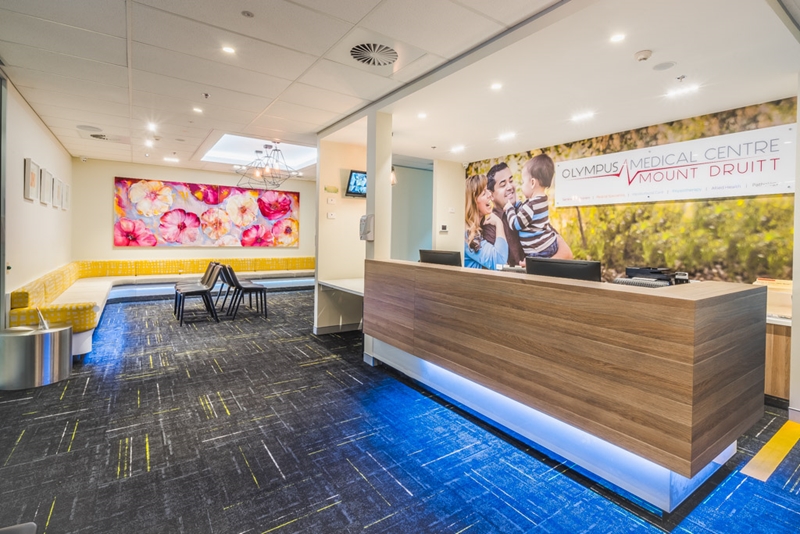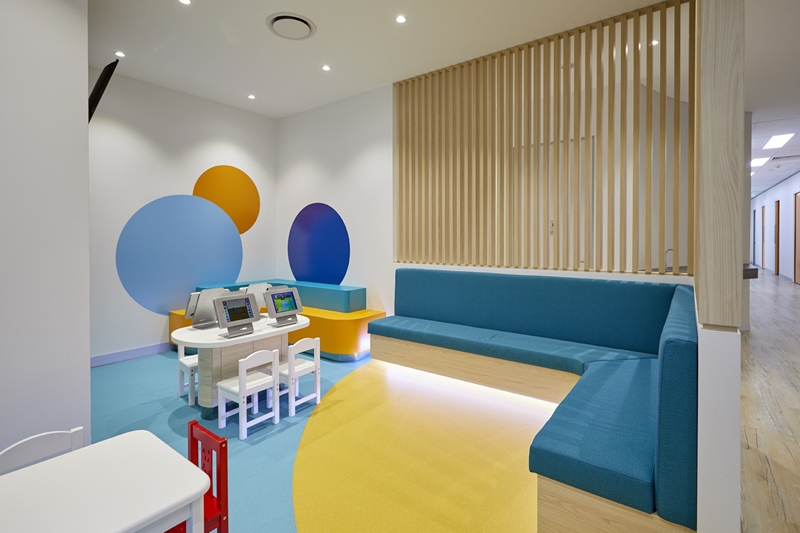Good healthcare design is about so much more than aesthetics.
Every organisation has goals, a set of guiding principles that shape every decision its directors, staff and stakeholders make. Design reflects and influences this in equal measure. Anything from architecture that assists people with dementia, to a colour scheme that affects mood – every aspect of your design should fit in with your organisation’s mission.
In Australia’s healthcare sector, this is largely going to be focused on improving the wellbeing of patients. That’s a mission backed with hard research and years of planning – and that’s the kind of effort that has to go into creating perfect healthcare design.
Go beyond the anticipated needs
A medical facility performs many functions – administrative, diagnostic, care-related (inpatients), and even service related (cafeterias). Traditionally, the design of a facility is built around these functions, and is often driven by anticipated needs, rather than researched ones.
 How much research on the client base goes into healthcare design?
How much research on the client base goes into healthcare design?For example – it is general knowledge that hospitals can be sites of much anxiety, therefore their design should create a sense of calm. Think natural light, clear wayfinding and therapeutic colour schemes. These are all clear necessities in healthcare design, but are not tailored to a specific audience.
By considering the patients a medical facility is likely to cater to, designers can develop a research-based approach to medical facilities that creates an even better environment.
What can research add to healthcare design?
The kind of research that can go into healthcare design is evident in a recent Queensland Government paper. While the guidelines are focused on healthcare in indigenous communities, the breadth of influences that go into the design principles showcase how a research-based approach (rather than focusing solely on aesthetics and practicality) can create massive benefits.
 The right research can add significant nuance to your medical facility design.
The right research can add significant nuance to your medical facility design.For example – after thorough research on issues in particular communities, the guidelines recommend facilities with discreet entries and exits for those facing mental illness or substance abuse issues. Larger families in certain areas necessitated more expansive waiting rooms. Children’s play areas to allow parents time and space for a consultation were strongly recommended.
This is the kind of research that can completely reshape the way a healthcare facility is designed. Often built around the needs of the staff, putting research-based arguments to the fore on what patients require can cultivate better tailored, more comfortable spaces that result in better experiences for all.
Go beyond the themes and colour schemes – research what a patient base needs, and design around that. When you’re ready to create something truly great, get in touch with the team at Space for Health.



